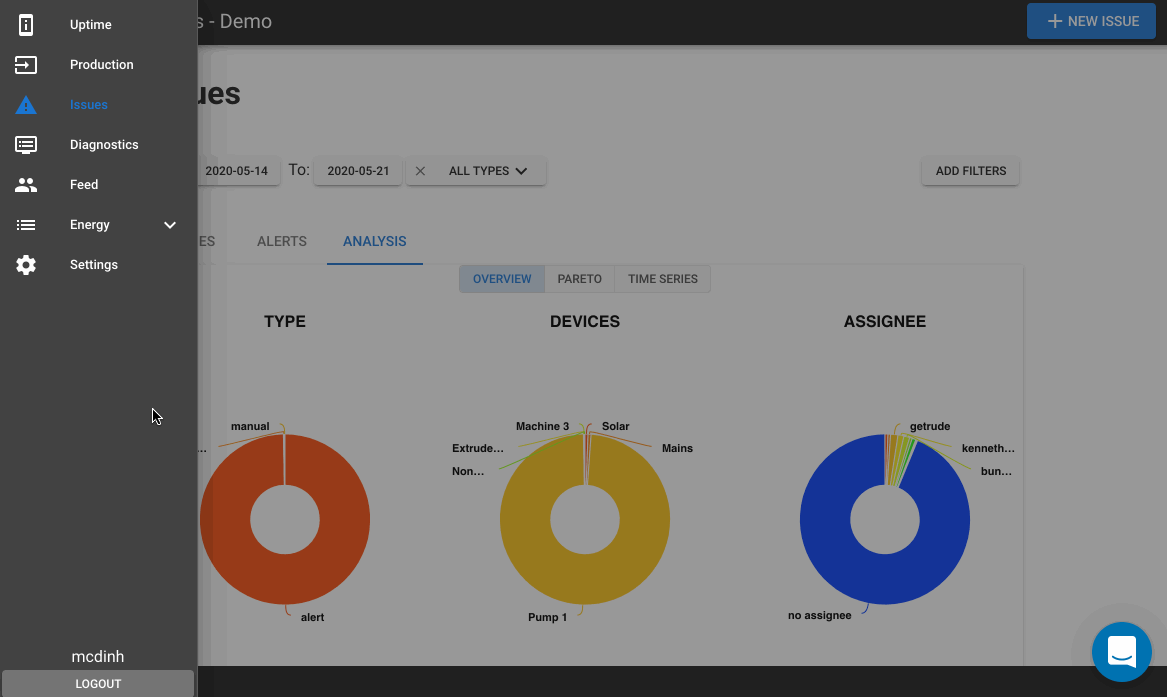New features to systematize problem-solving
This is the second of a series of three posts describing common challenges on the factory floor, along with new Safi features designed to help solve them. The first post described new features designed to help address the challenge of finding out about problems too late.
Challenge #2: You don’t have enough information to prioritize and solve recurring problems
It’s one thing to know you keep having the same problem, and another to get the information you actually need to take action. There are so many issues every day that it’s hard to know which are the most important, or how to find and address the root cause.
When problems are tracked and solved with manual systems - in-person, calls, logbooks, Excel - analysis can be time-consuming. You might spend hours analyzing causes of downtime at the end of the month, spend more time trying to chase down critical details, and still feel like you don’t have all the information you need to find solutions.
What to do in Safi: Use analysis functions to identify trends
Safi now enables you to digitize tracking and analysis of issues, to make it easier to prioritize and solve the most important problems.
At its simplest level, Safi now allows you to analyze the frequency, type, and tags associated with alerts being automatically sent by the Safi system. For example, if you have set up an alert for Machine 1 and Machine 2 for Excessive Changeover Time, Process Running too Long, and Machine Overload, you can track the frequency of each problem across the machines.
If you’re interested in digitizing or systematizing your approach to addressing issues on the factory floor, you can use Safi to do just that. You can use Safi to track any type of issue, stay in the loop on assignment, comments, and status across the team, and use custom tags to categorize it in line with your factory’s own categorization system for automated analysis and roll-up over any time period. Safi can serve as the digital foundation for your problem-solving approach of choice - whether it’s 5 Whys, Genchi Genbutsu, or another approach.
By guiding your team to track issues and follow-up in Safi, you can make it easy to track tasks across the team, identify recurring problems, and document knowledge for access in the future. Furthermore, each issue stays paired with the time-series data from any associated machines, so at any time in the future you can “double-click” to see exactly what was happening when the problem occurred.
To get started systematizing your approach to problem-solving on your factory floor, contact any member of our team and we can send you a simple guide.


